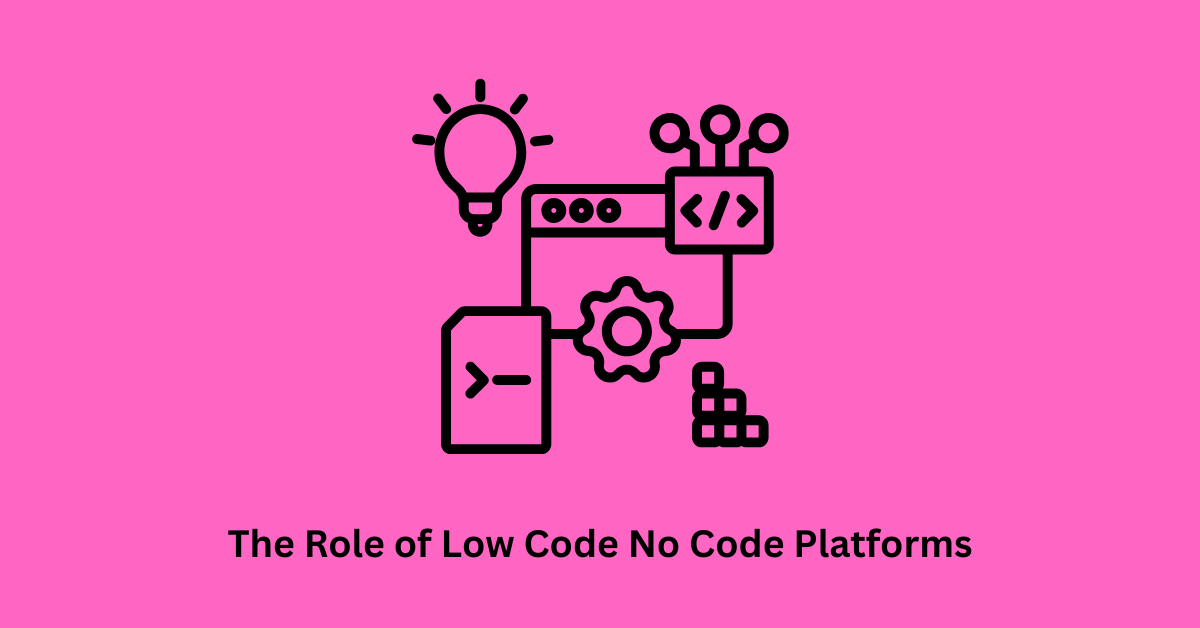November 14, 2023

When businesses develop applications, they have to overcome numerous challenges related to skill sets, adaptability, and time-to-market. In this blog, we will discuss the challenges impacting organizations, and how a low code no code solution can help provide solutions to these challenges, and particularly discuss Kissflow.
Digital transformation is a word that we hear most of the time, but what exactly does it mean? It is estimated that by 2025, enterprises will develop 700 million new applications, which highlights the huge complexity of this change.
The digital transformation can be decided by an organization based on off-the-shelf solution (COTS) or custom development, and both have their pros and cons. We should look into the dissimilarity between Commercial off-the-shelf solutions (COTS) and custom development as both of them possess both positive and negative aspects to digital transformation.
| Factors | Commercial Off-The-Shelf (COTS) Solutions | Custom Development |
|---|---|---|
| Time-to-Market | Faster deployment as the product is already developed and ready for use. | Must rely on vendors to maintain compliance and security standards. |
| Customization | Generally limited to the options provided by the vendor. | Highly customizable to fit exact business needs. |
| Cost | Initial costs may be lower, and pricing is often clear and upfront. | Potentially higher upfront costs due to custom development efforts. |
| Scalability | May not be as scalable if the business outgrows the capabilities of the software. | Can be designed to be scalable according to future needs. |
| Dependence on Vendor | High dependence on the vendor for updates, support, and customization. | Independence from vendors, with in-house control of the software. |
| Integration | Could have issues with integration if not compatible with existing systems. | Can be built to integrate seamlessly with existing systems. |
| Upgrades and Maintenance | Subject to vendor’s schedule and priorities for updates and fixes. | Controlled internally, with flexibility in scheduling upgrades and maintenance. |
| Support | Vendor-provided, which can vary in quality and responsiveness. | Can be tailored to the business’s needs, potentially offering better and more knowledgeable support. |
| Compliance and Security | Must rely on vendor to maintain compliance and security standards. | Can ensure compliance and security standards are met and maintained. |
| Long-Term Costs | Can be higher over time due to licensing fees, especially if scaling is necessary. | Typically higher initial investment, but could be lower over time as there are no licensing fees. |
| Proprietary Constraints | Bound by the vendor’s terms and conditions, which can limit usage and flexibility. | No proprietary constraints; the business owns the software. |

Low code no code platforms play a transformative role in digital transformation. Low code no code solutions offer a middle ground, allowing faster application development with customization options, reducing the need for highly skilled developers, and speeding up time to market.
Here are the advantages of Low Code No Code Platforms:
Key Features of Kissflow:
Addressing Common Concerns:
Low-code no-code platforms like Kissflow offer a transformative solution to the challenges faced in digital transformation. These platforms enable businesses to smoothly adapt to the future of technology by bridging the gap between customization, speed, and simplicity. Businesses can develop, adapt, and prosper in the rapidly shifting digital landscape by adopting these creative solutions.

Consult with Our Techjockey Expert
Connect for fast and scalable software delivery, corporation plans, advanced security, and much more.
Compare Popular Software

Get the latest Techjockey US Blog Updates!
Subscribe to get the first notified about tech updates directly in your inbox.